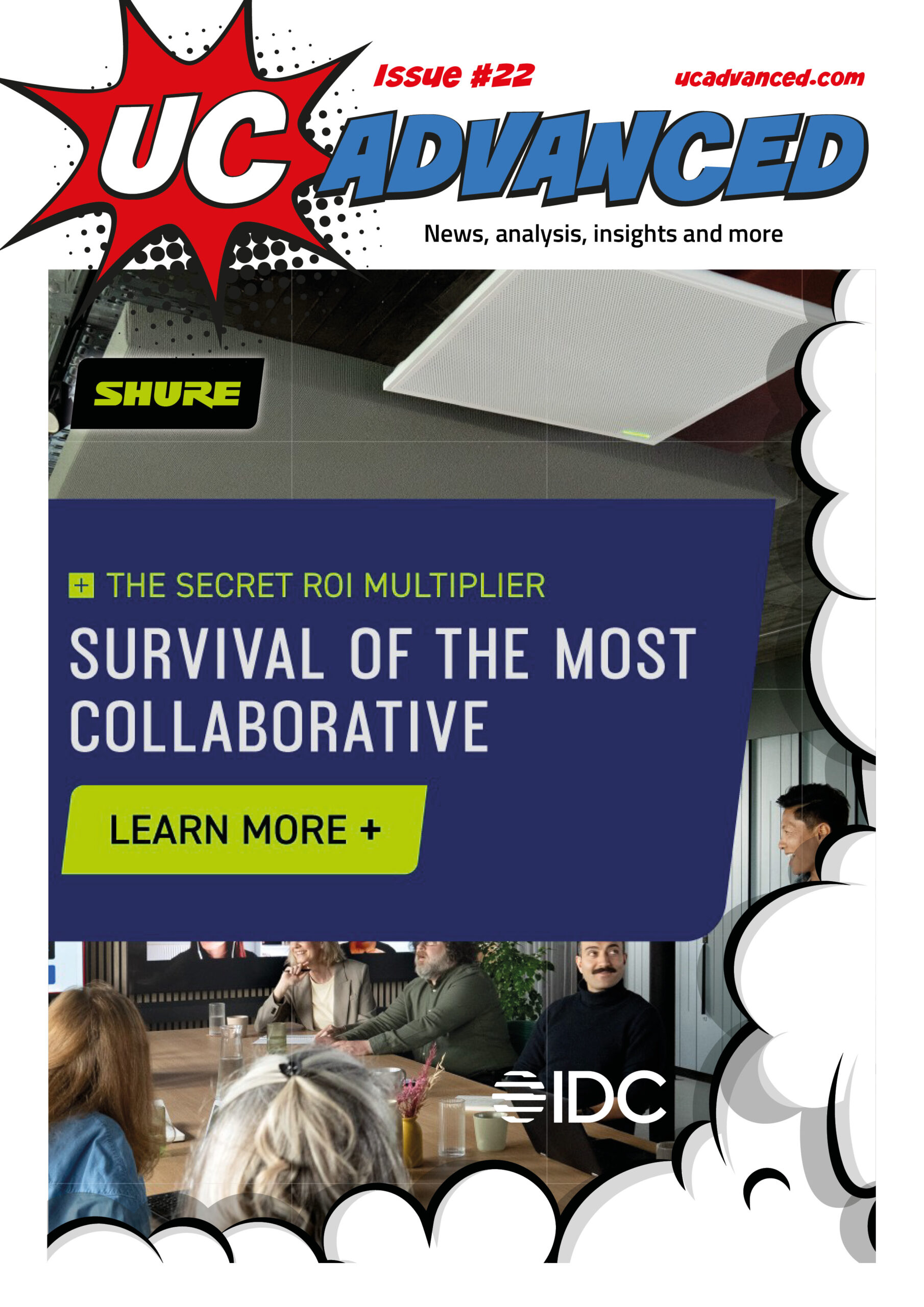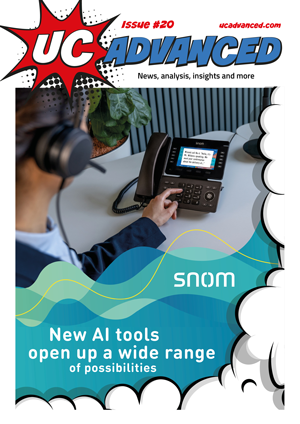This article first appeared in UC magazine issue #20.
Much is made of organisations using single platforms for all their comms needs. However, recent research shows this isn’t what they want. Paul Holden, VP of EMEA Sales at CallTower explores the alternative, single-provider approach, and explains why this new preference has come about.
Business tech stacks are becoming more complex; there’s no doubt about that. Research in the US, for example, shows that businesses use on average around 112 software as a service (SaaS) applications. Many of these applications are dedicated to comms, both internal and external, ensuring optimal employee and customer experience while meeting new market and customer demands.
In some organisations it’s understandable why they’d need so many distinct applications or technologies. Each department, for instance, will have a suite of tools needed to perform their roles – tools unique to, and necessary for, that function.
However, using so many different applications and technologies is a headache to say the least. Many businesses find themselves entangled in a complex web of disparate technologies, data silos, vendor contracts, licences, and fragmented strategies. This can create a lot of drag and bloat within a company. Things move slowly, front and back-office employees feel their time being drained away from them, and there can be unexpected costs and ‘double paying’ for functionality that more than one product provides.
The strategic antidote to this is consolidation. However, in this case it’s not the consolidation you hear about most, but the one that research shows organisations actually want.
The single-platform approach and the single-provider preference
Tech stacks have grown a lot. Due in large part to the digitalisation of many industries, along with the transformation of working locations thanks to the hybrid shift. In response, organisations have tried to consolidate, with a lot of focus on the so-called ‘single-platform approach’.
The single-platform approach focuses on obtaining all your tools and services – especially communication and collaboration tools – via a single software system. It means that instead of using separate, best-in-class applications for voice, video, conferencing, messaging, contact centre, and collaboration, you use one platform that is supposed to be comprehensive and do them all.
While this approach certainly does have its benefits – often including the ability to perform administrative tasks from a single pane of glass – it’s not the approach that most organisations today want.
Research from the white paper ‘Digital Transformation in Europe: Communication Solutions for the Future’ demonstrates the growing demand for single-provider relationships, but also shows the ongoing prevalence of multi-vendor environments. Organisations of all sizes – especially larger organisations and those that operate across several countries – use multiple vendors for different technologies. And overwhelmingly they want a single point of contact.
In other words, what’s emerging is an organisational preference, and the demand for a single-provider approach.
What’s behind the single-provider preference?
Almost 80% of organisations of between one and 249 employees want to use single providers for their tech. More than 60% of organisations of 250-plus employees want to use single providers too. Why is that? Well, there are push and pull factors responsible for the change in organisations’ preferences that make the single-provider, multi-vendor environment appealing.
A significant consideration is the specialisation that can be achieved by working with a single provider that supplies your organisation with multiple capabilities. While a single platform aims to provide a comprehensive suite of tools, it might not offer the absolute best or most specialised features for every single communication or collaboration need. Often organisations will find that a vendor who excels in contact centre, for example, may be worse than average when it comes to customer relationship management (CRM) or multi-country telecoms. Working with a single provider, however, can give an organisation the granular functionality and advanced capabilities it needs. Further, it comes without the hassle of multiple contracts – just a single point of contact and a single contract.
Many IT buyers have become additionally wary of service contracts, following on from their experiences transitioning away from incumbents over the last several years. The tail end of those relationships likely emphasised the negative consequences of being locked in to a specific vendor while needing to move on to new tech. The promise, therefore, of committing to a single-platform is likely unattractive, as it means being locked-in to a single technology and pricing structure.
If organisations need flexibility to meet new customer expectations and stay competitive, then being locked into a single platform can severely limit their ability to respond. But working with a single provider supplying a range of technologies (backed with expert product knowledge and support) will ensure they have the flexibility to adapt.
Finally, organisations often turn to single platforms for the unification and integration they promise, but these advantages aren’t unique to single platforms any more. Many providers are already creating native-like integrations or working with partners who can do it for them. By doing so, they ensure their customers get the enhanced user experience associated with single-platforms, while receiving best-in-class tools that exceed that approach’s capabilities.
When functionality meets financials
Organisations have a lot of tech. Much of it is needed, some of it isn’t. Comprehensive single platforms offer one solution, but the single-provider approach holds many additional benefits – a fact clearly reflected in organisations’ preferences.
Alongside its many benefits for customers and users, the single-provider approach is an opportunity for resellers and VARs who are ready to be a single point of contact for an organisation’s whole comms tech stack. Learn more about the opportunity, and download the white paper ‘Digital Transformation in Europe: Communication Solutions for the Future’.












